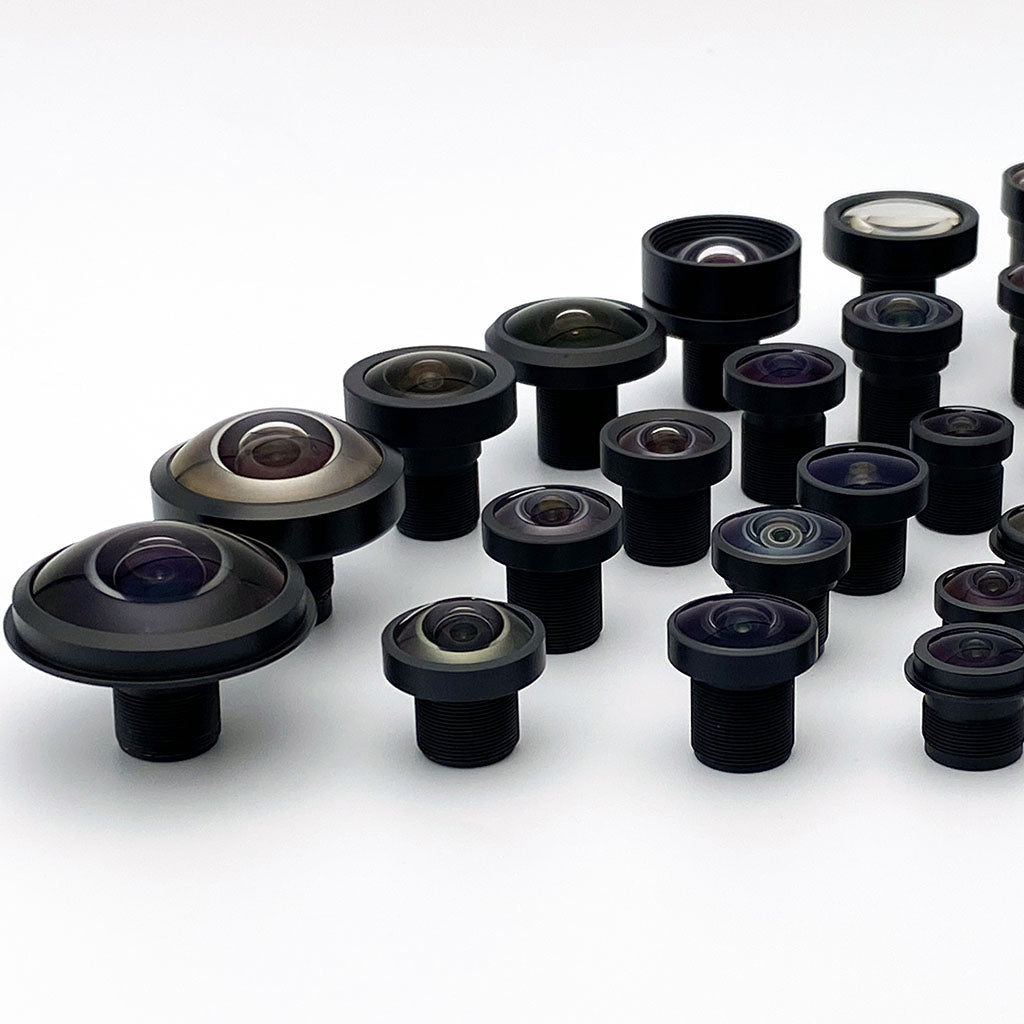Max Henkart - 2020년 6월 6일
벤치마킹: 니콘 D750 대 프로 11 카메라
DSLR이 실제로 무게만큼 가치가 있는지 분석하기 위해 풀 포맷 Nikon D750 카메라와 각 iPhone Pro 11 카메라를 테스트했습니다. 밝은 햇빛(10k lux)에서 D750은 iPhone 11 Pro의 선명도를 ~25% 초과했습니다. 저조도 조건에서는 11 Pro 카메라 각각의 시간적 노이즈가 모든 조건에서 눈에 띄게 나타나므로 D750이 iPhone 11 Pro를 훨씬 능가할 것으로 예상합니다.

iPhone Pro 11 카메라
Pro 11에는 세 개의 카메라가 있으며, 측정된 FoV는 다음과 같습니다.
115deg~125deg HFOV의 광각
~70-75deg HFOV의 일반
~35-40deg HFOV의 2X '망원'입니다.
D750 구성
저는 이러한 Pro 카메라 각각을 Nikkor AF-S 28mm F/1.8G 및 Tamron SP 85mm F/1.8 Di VC의 두 가지 프라임 렌즈로 설정된 D750과 비교했습니다.
D750은 Sony 이미지 센서를 사용하는 1500달러 미만의 사용자 친화적인 풀 포맷 35mm 옵션이었기 때문에 원래 구입했습니다. Sony 미러리스 알파 DSLR 라인업은 성능이 더 우수하지만(최신 센서 및 렌즈 설계 백 포컬 길이 제약 조건 제거) 2017년에는 가격이 훨씬 더 비쌌습니다. D750의 픽셀 피치와 일치하는 허용 가능한 MTF(>20% @ Nyquist)를 가진 가장 비용 효율적인 렌즈를 선택했습니다.
D750의 OLPF(Optical Low Pass Filter)가 MTF를 저하시켜 모아레 효과가 제거되지만, 하드웨어 구성이 미래에도 대비할 수 있도록 하고 싶었습니다. 이렇게 하면 나중에 OLPF를 제거할 때 렌즈가 최적의 선명도를 얻을 수 있습니다.
테스트 구성
아이폰 사진은 4k3k JPEG 모드(Deep Fusion 활성화)로 캡처되었고, 니콘 사진은 24MP 6k4k RAW 모드로 캡처되었습니다. RAW는 기본적으로 압축률이 낮고 이미지 품질이 더 좋기 때문에 결과를 100% 비교할 수는 없습니다.
측정은 54MP 정격 4X ImaTest eSFR ISO12233:2017 차트를 사용하여 수행되었습니다. CPIQ Spilled Coins 테스트 차트를 사용하여 이미지도 캡처했습니다.
이것은 보정된 조명이 있는 실험실이 아닌 화창한 날의 넓은 햇빛 조건에서 수행된 현장 테스트였습니다.
결과
해상도: D750의 이 두 풀 포맷 단렌즈는 각 Pro11 카메라보다 더 나은 SFR을 제공합니다. D750은 진정한 4K+ 해상도로 촬영하는 반면, iPhone Pro11의 SFR은 실제로 3MP-5MP 범위입니다.

iPhone 11 Pro는 심각한 텍스처 손실이 있습니다. CPIQ 쏟아진 동전 테스트 차트를 볼 때 심각한 텍스처 손실이 있습니다. 이러한 테스트 차트에서 Imatest를 실행할 시간이 없었습니다. 왜냐하면 저하가 눈에 띄게 나타나기 때문입니다.

결론
해상도: D750의 풀 포맷 프라임 렌즈는 Pro11 카메라보다 SFR이 더 좋습니다. D750은 실제 4K+ 해상도로 촬영하는 반면 iPhone Pro11 SFR은 실제로 3MP-5MP 범위에 있습니다.
눈에 띄는 텍스처 손실. iPhone 11 Pro는 저조도 조건에서 눈에 띄는 텍스처 손실이 있습니다. 이 디테일은 사후 처리에서 복구할 수 없습니다. 이 텍스처 손실은 나무가 장면에 있을 때도 눈에 띕니다.
결론: Nikon, Canon 및 Sony 풀 포맷 카메라는 여전히 휴대폰 카메라보다 훨씬 좋습니다! iPhone 11 Pro 카메라는 디지털 줌과 함께 사용해서는 안 됩니다. 휴대폰 폼 팩터로 인한 총 트랙 제약 조건을 고려할 때 Apple이 달성한 결과에 매우 감명받았습니다. 이러한 카메라는 확실히 제 일상적인 사진 산책에 충분합니다. 여행, 풍경 및 이벤트 사진 촬영에는 Nikon 풀 포맷 DSLR을 고수할 것입니다.
Raspberry Pi HQ 카메라용 iPhone 11 Pro 광각 렌즈와 동등한 제품 Raspberry Pi HQ 카메라와 함께 사용할 때 iPhone 11 Pro 2X 카메라보다 성능이 더 우수한 왜곡 없는 광각 렌즈를 제공합니다.

